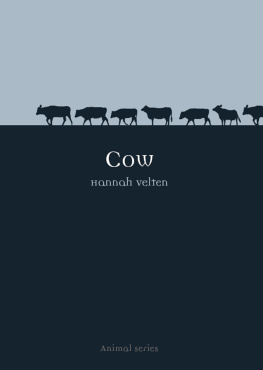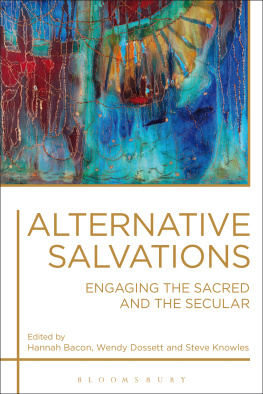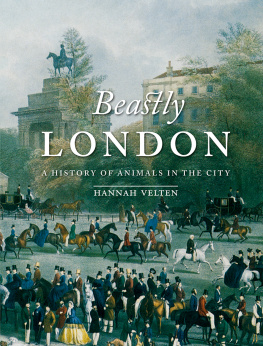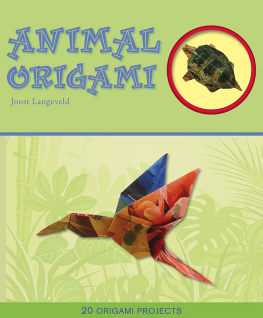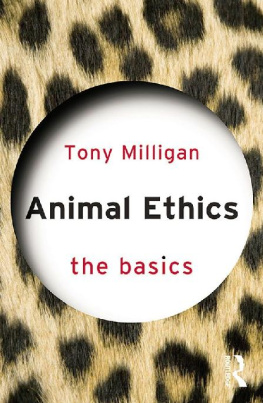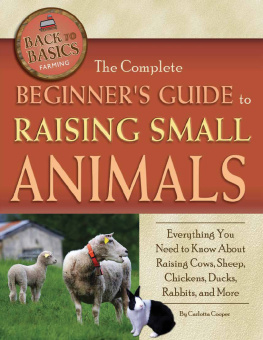Hannah Velten - Cow
Here you can read online Hannah Velten - Cow full text of the book (entire story) in english for free. Download pdf and epub, get meaning, cover and reviews about this ebook. year: 2007, publisher: Reaktion Books, genre: Religion. Description of the work, (preface) as well as reviews are available. Best literature library LitArk.com created for fans of good reading and offers a wide selection of genres:
Romance novel
Science fiction
Adventure
Detective
Science
History
Home and family
Prose
Art
Politics
Computer
Non-fiction
Religion
Business
Children
Humor
Choose a favorite category and find really read worthwhile books. Enjoy immersion in the world of imagination, feel the emotions of the characters or learn something new for yourself, make an fascinating discovery.
- Book:Cow
- Author:
- Publisher:Reaktion Books
- Genre:
- Year:2007
- Rating:3 / 5
- Favourites:Add to favourites
- Your mark:
Cow: summary, description and annotation
We offer to read an annotation, description, summary or preface (depends on what the author of the book "Cow" wrote himself). If you haven't found the necessary information about the book — write in the comments, we will try to find it.
From the milk we drink in the morning, to the leather shoes we slip on for the day, to the steak we savor at dinner, our daily lives are thoroughly bound up with cows. Yet there is a far more complex story behind this seemingly benign creature, which Hannah Velten explores here, plumbing the rich trove of myth, fact, and legend surrounding these familar animals.
From the plowing field to the rodeo to the temple, Velten tracks the constantly changing social relationship between man and cattle, beginning with the domestication of aurochs around 9000 BCE. From there, Cow launches into a fascinating story of religious fanaticism, scientific exploits, and the economic transformations engendered by the trade of the numerous products derived from the animal. She explores in engaging detail how despite cattles prominence at two ends of a wide spectrum: Hinduism venerates the cow as one of the most sacred members of the animal kingdom, while beef is a prized staple of the American diet. Thought provoking and informative, Cow restores this oft-overlooked animal to the nobility it richly deserves.
Hannah Velten: author's other books
Who wrote Cow? Find out the surname, the name of the author of the book and a list of all author's works by series.

